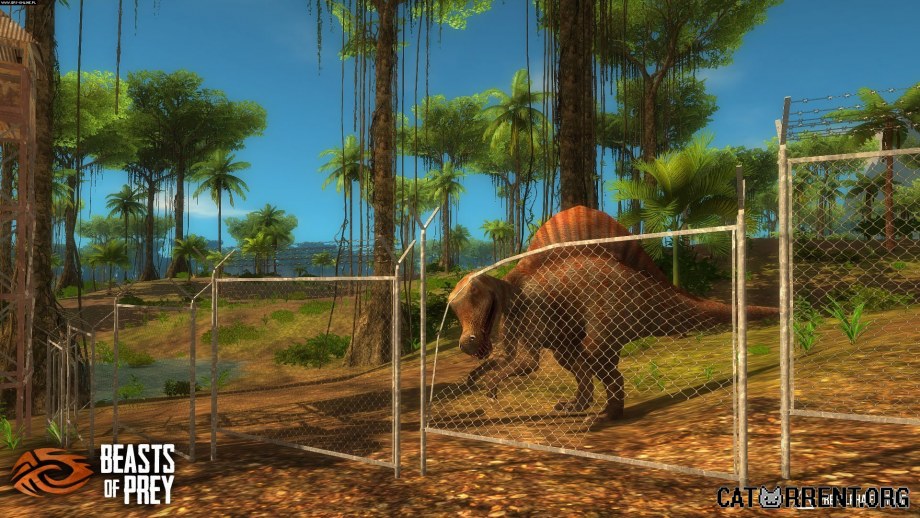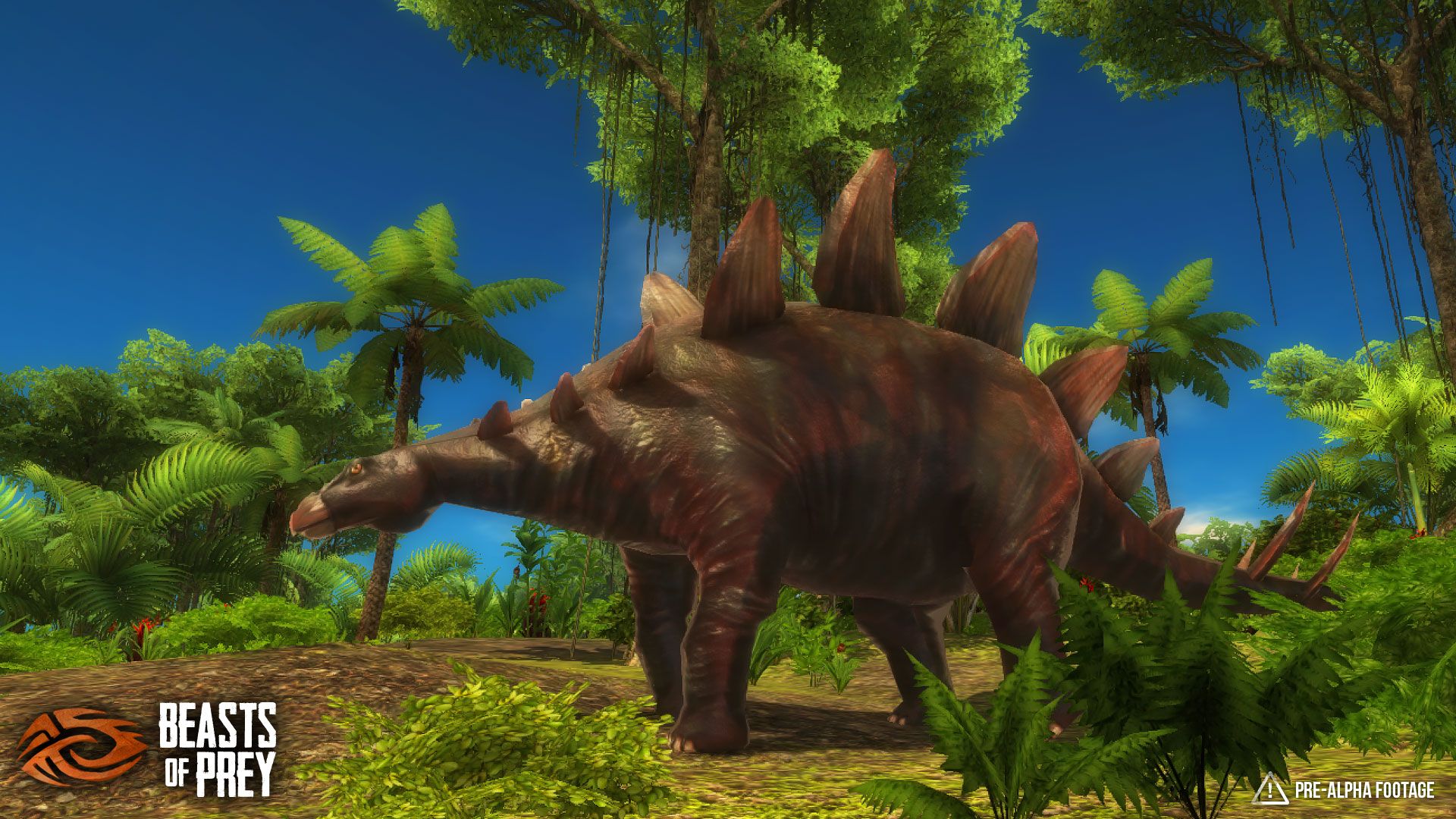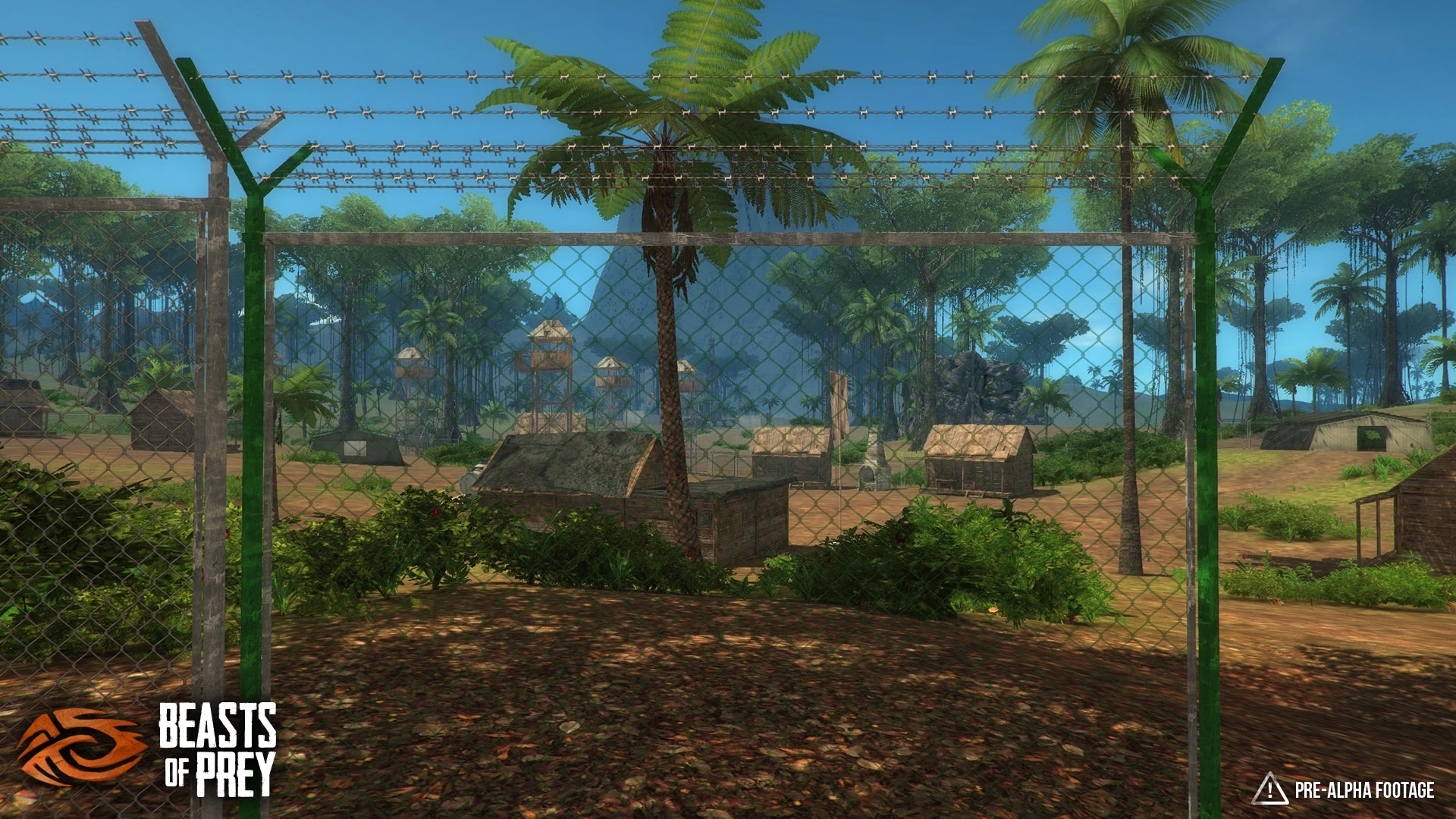


They will probably eat others of same gender while looking for mates. So once the tadpoles fatten up eating aquatic life, they will undergo a metamorphosis to adults with legs and lungs, rise to dry land. This separation is enforced by the tadpoles having gills and the adults having lungs. A predator evolved to hunt on dry land might be starving while watching a lake filled with life edible by the larvae. And the first stage of their life cycle is aquatic and typically eats different food in a different environment than the adults do. Second, most dry land amphibians must lay their eggs in a body of water. This is a very good thing for your scenario. This means your predator will use much less energy while it is waiting for food to appear. I think such beasts used to exist before reptiles, birds, and mammals evolved.įirst, amphibians are ectothermic. An amphibian terrestrial carnivore would have the right properties for this kind of life cycle. I think the best model would be the amphibians. The juveniles must not only have a separate food source, they must be protected from the adults while growing. You could make losses to entropy be a percentage rather than a flat 100 which would be reasonable and this cycle could go on substantially longer.ĭwarf crocodiles are small because their growth is stunted by a lackĬontinuing where plasticroyal and LSerni left off. My loss of 100 with each exchange (eating a male, laying eggs, young eating the mother) is arbitrary - you can make the losses to entropy as large or as small as you want. The larger the dragons are to start with the longer this can go on because there is more accumulated caloric treasure to spread over the generations. She is generation 8, the end of the line. The daughter eats her mother, mates with her brother and eats him but still weighs only 100. She can lay two eggs and all three remaining dragons are the same size. In generation 7 there is one female who has eaten the 4 others. By generation 6 the females are still only the weight of new offspring after eating their mates. The adult dragons get smaller and smaller with time although the young are always the same:100. Each time a dragon is eaten there is a loss of 100 with the rest of the weight going into the next generation each time eggs are laid there is a loss of 100 and the weight of the eggs (100 each) these are sacrifices to the hot god of Entropy who prevents perpetual motion machines. Once they are able, they eat their mother. They sleep, ready to wake if the scent of prey comes, but it never comes.Įvery generation they mate, and after mating the female eats the male. But some cataclysm happens and their prey is gone. You can make your scheme happen for a while by having the carnivores gradually shrink with the generations. Reptiles can be flexible as regards body size. The above would be certainly sustainable, as long as there were enough juveniles, and the adults would then eat "only their own" (nothing prevents them from also eating each other, as long as it's not their only source of sustenance).įor the same reasons, an organism cannot subsist on something it grows from itself. Grow into vegetarian juveniles, which are the adults' only food TheĬarnivorous adults lay and abandon vast numbers of eggs, some of which a species whose biology has made them inherently evil. This is the lifecycle of Leo Frankowski's Mitchegai: One could do this with workaround, having the young subsist on something else (obligate herbivores if at all possible) and most of them serving as food for the adults. It is necessary to continuously supply energy to the cycle otherwise, each generation only contains a fixed quantity of nutrients and energy (locked in their meat, expressed as calories), and dissipation will inevitably drive it to zero. In a very short time, they would dwindle to nothing.

One of them would need to eat lots of its fellows during its lifetime in order to grow and survive, which means that each generation would be, say, one hundredth the size of the previous one. Could such a system actually be sustainable?Īs laid out in the original post, not for any reasonable length of time.


 0 kommentar(er)
0 kommentar(er)
